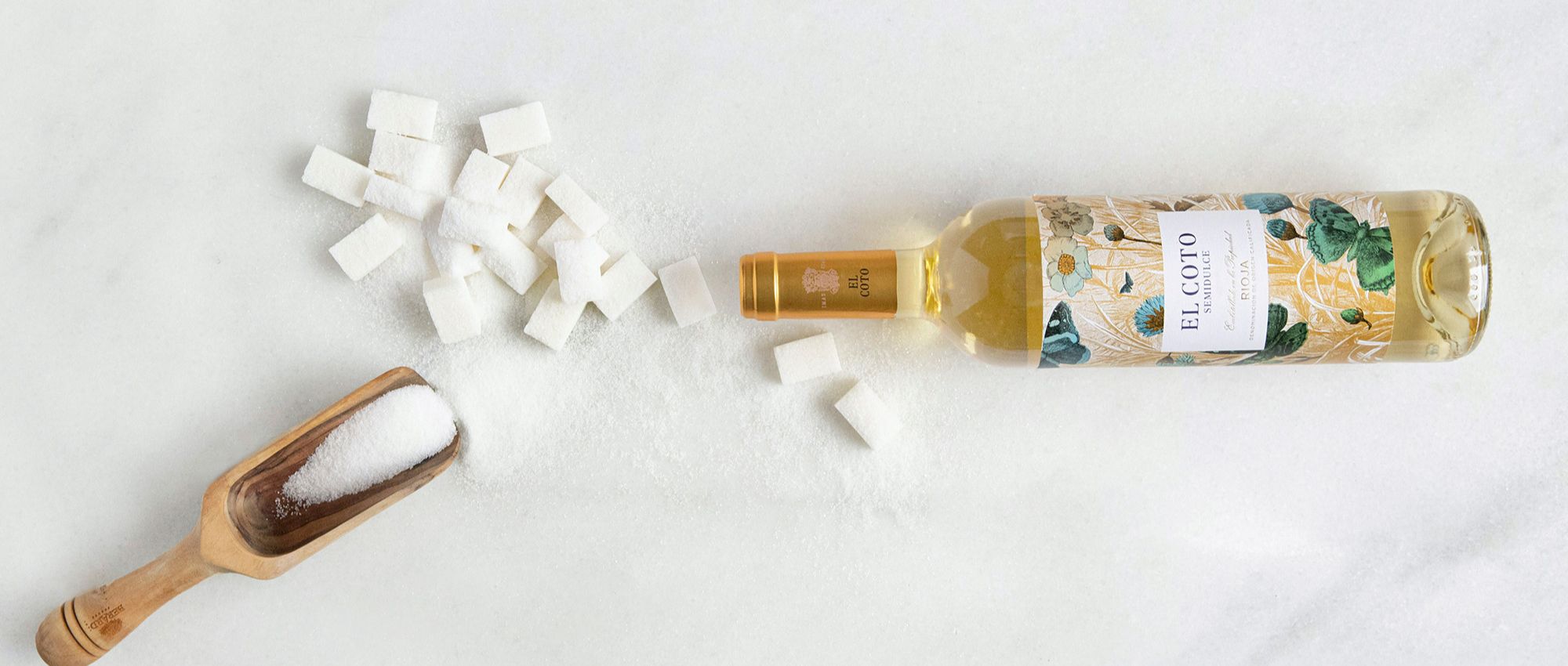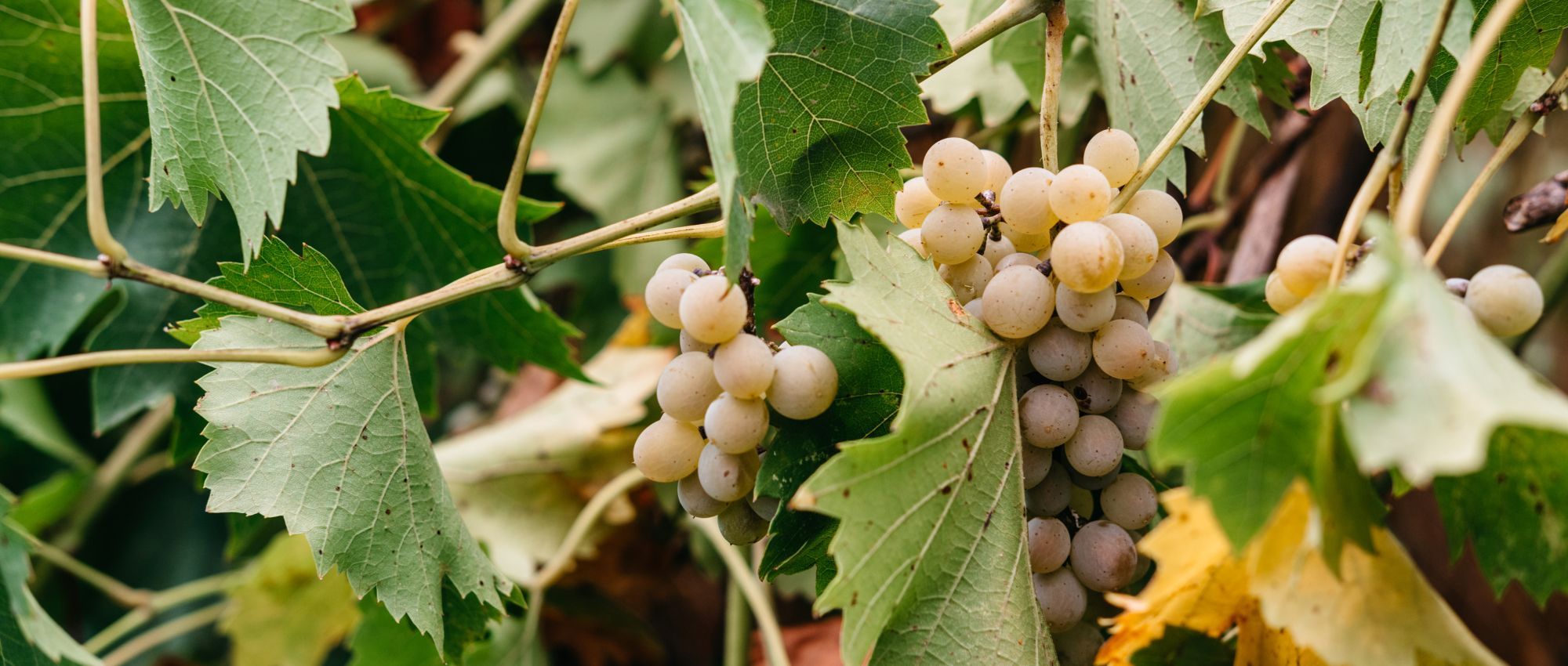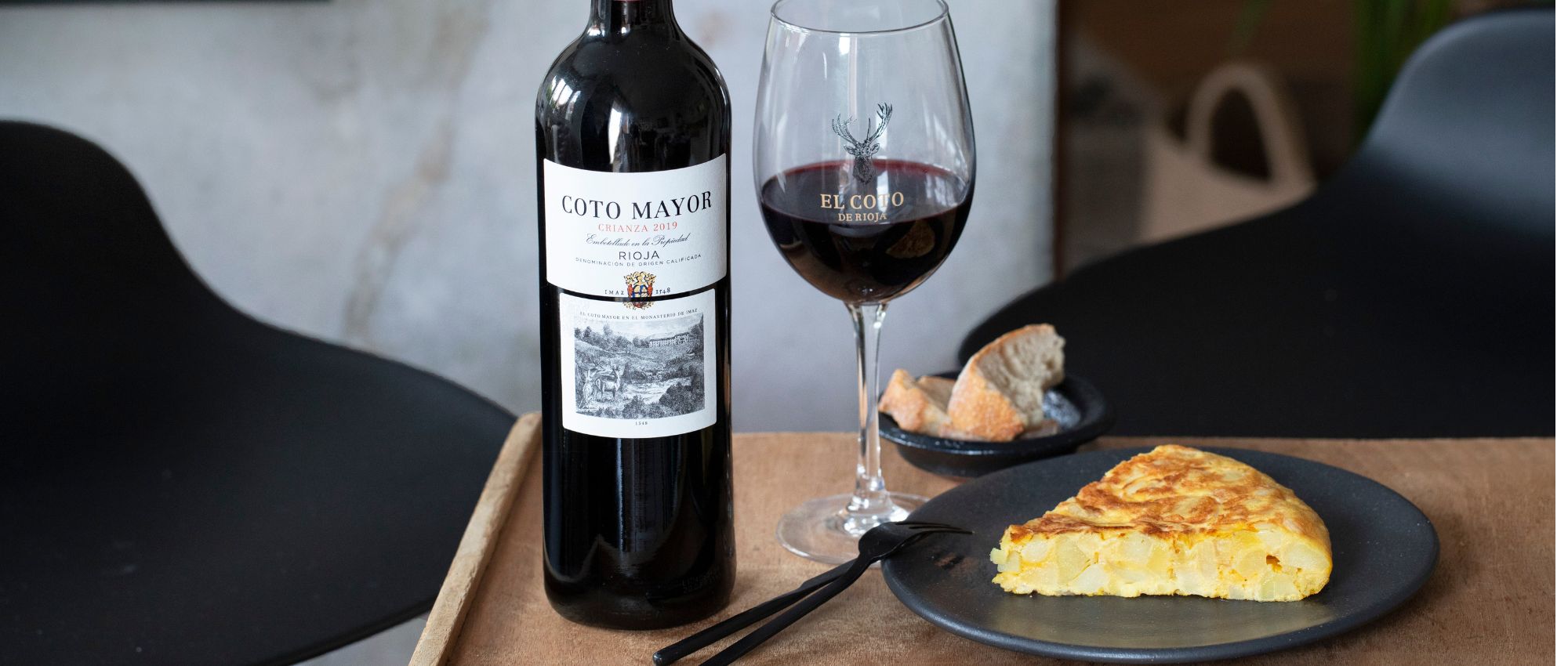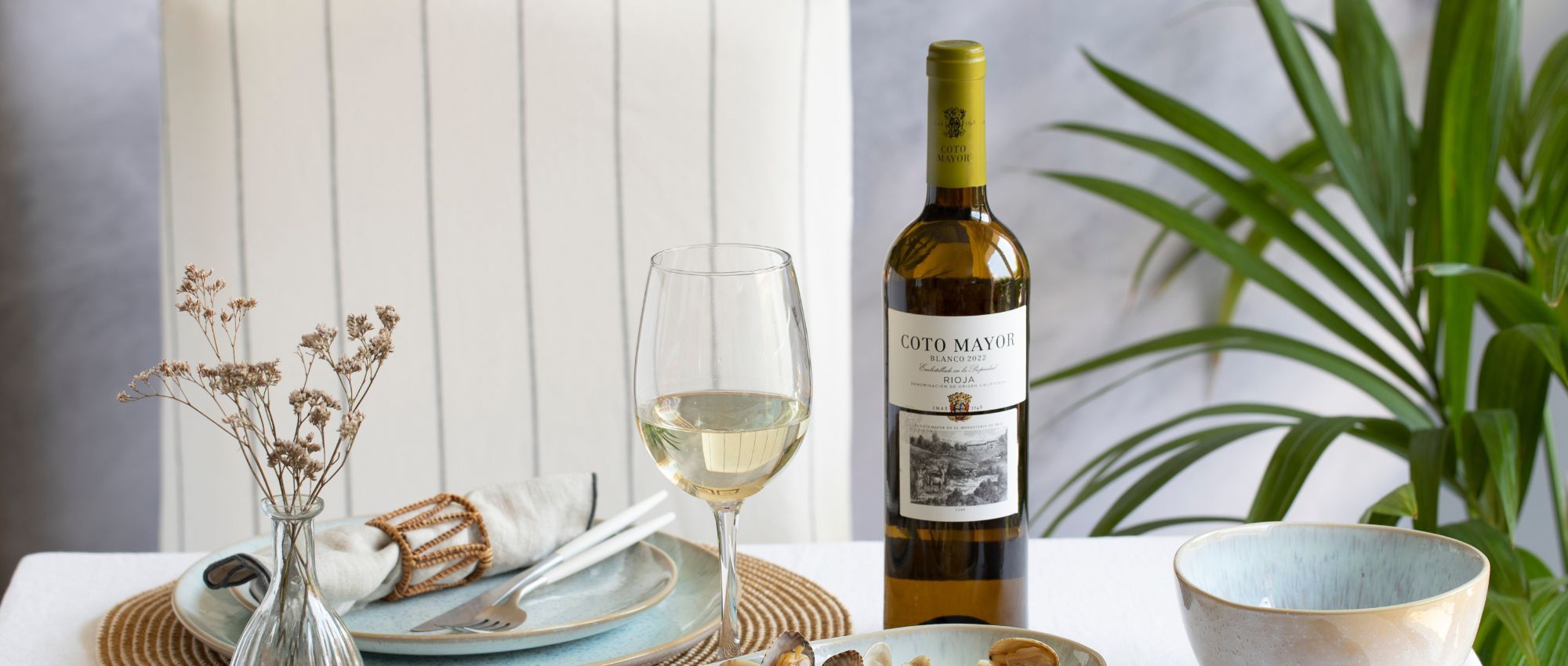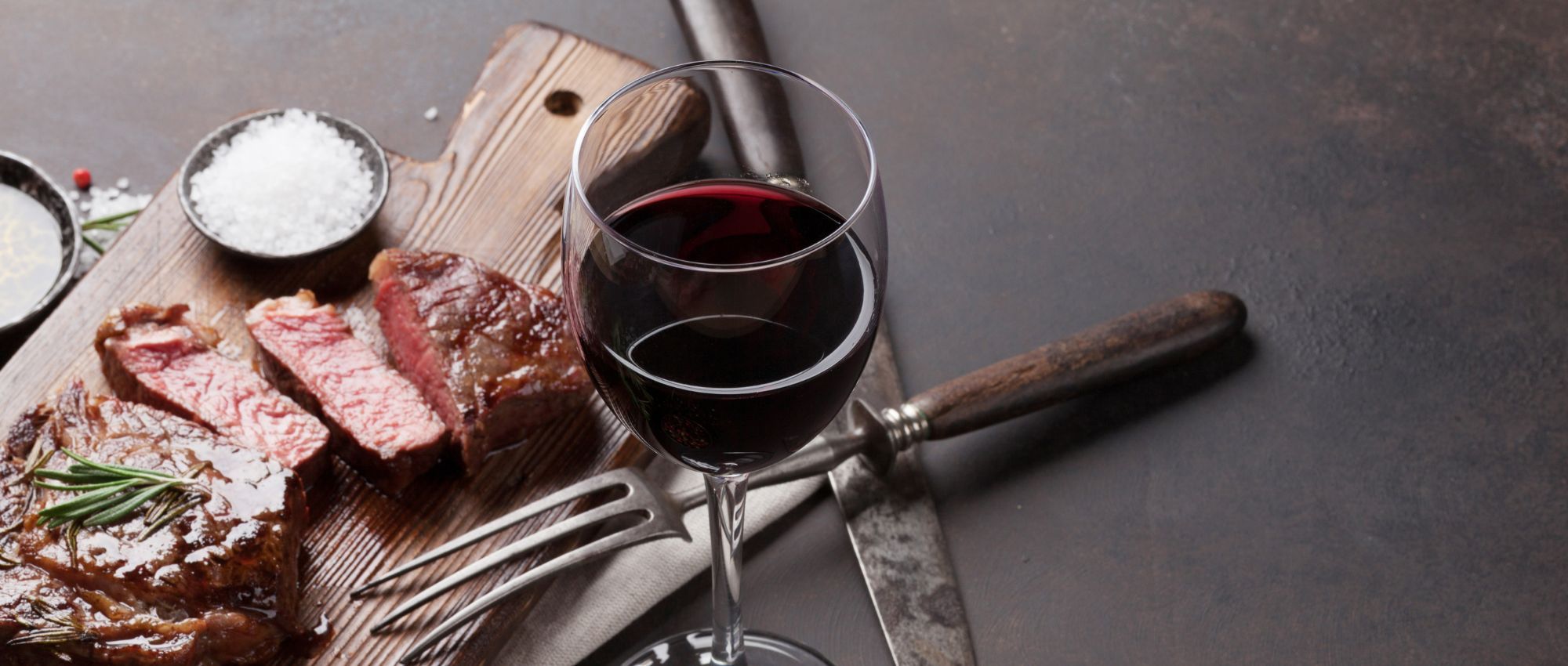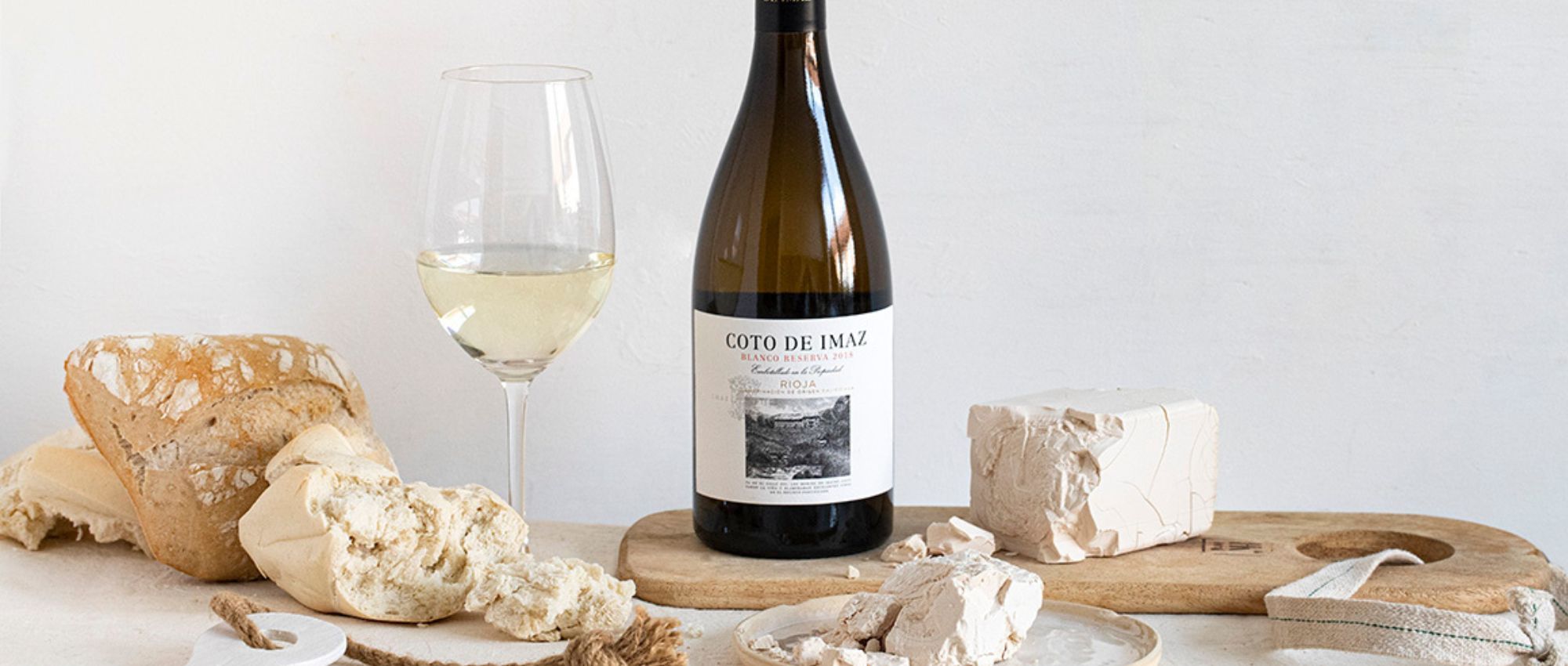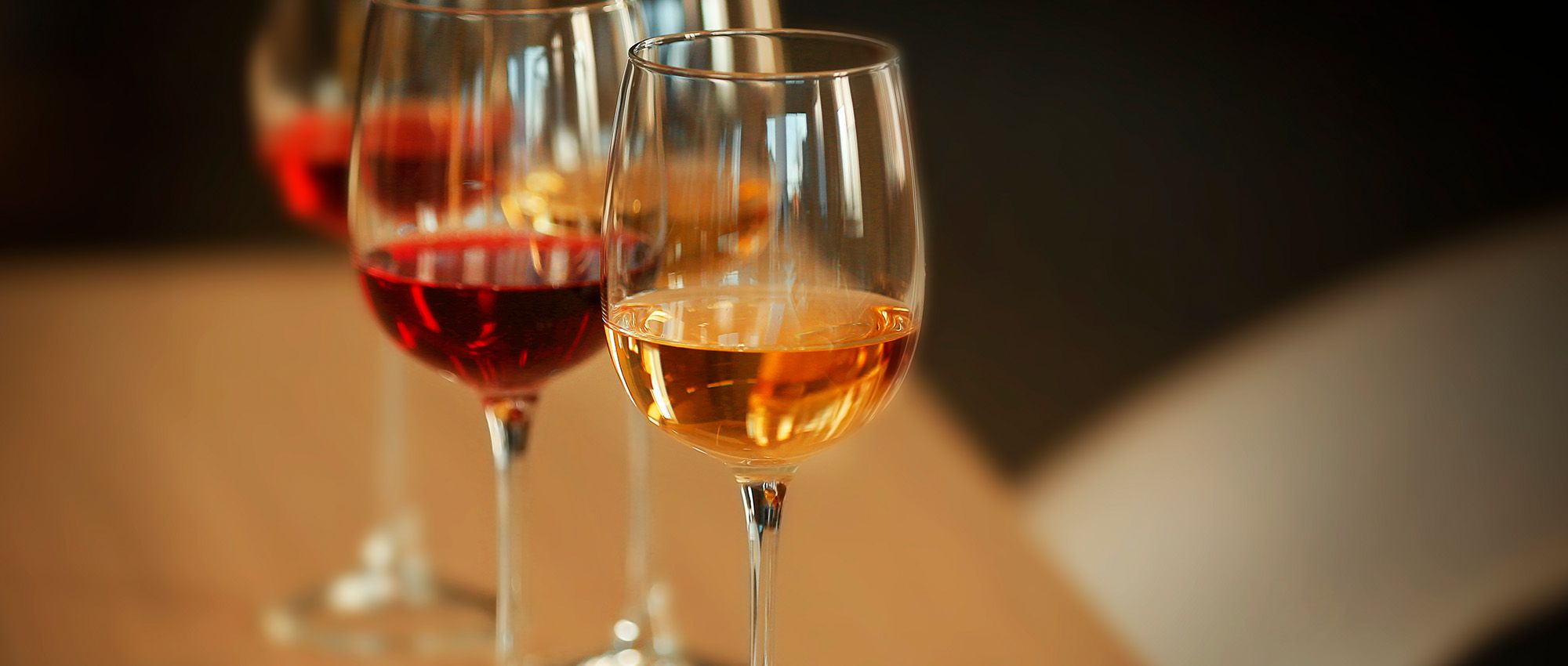
TYPES OF WINES AND THEIR CHARACTERISTICS
In this article, you’ll find information about all types of wine that exist and the main characteristics that set them apart. This is your chance to learn more about wine and discover its different aromas and flavours and how to pair it with your favourite dishes.
Before it reaches your mouth, wine has to go through a long process. It’s true that we’ve discussed this in other articles, such as when we spoke about the different stages of the grapevine, which is an important process because it’s where it all starts. However, just focussing on this information isn’t enough to understand what the different types of wine are and their characteristics.
Below, we’re going to take a look into the different classifications of wines according to three different analytical parameters: colour, sugar content and vintage.
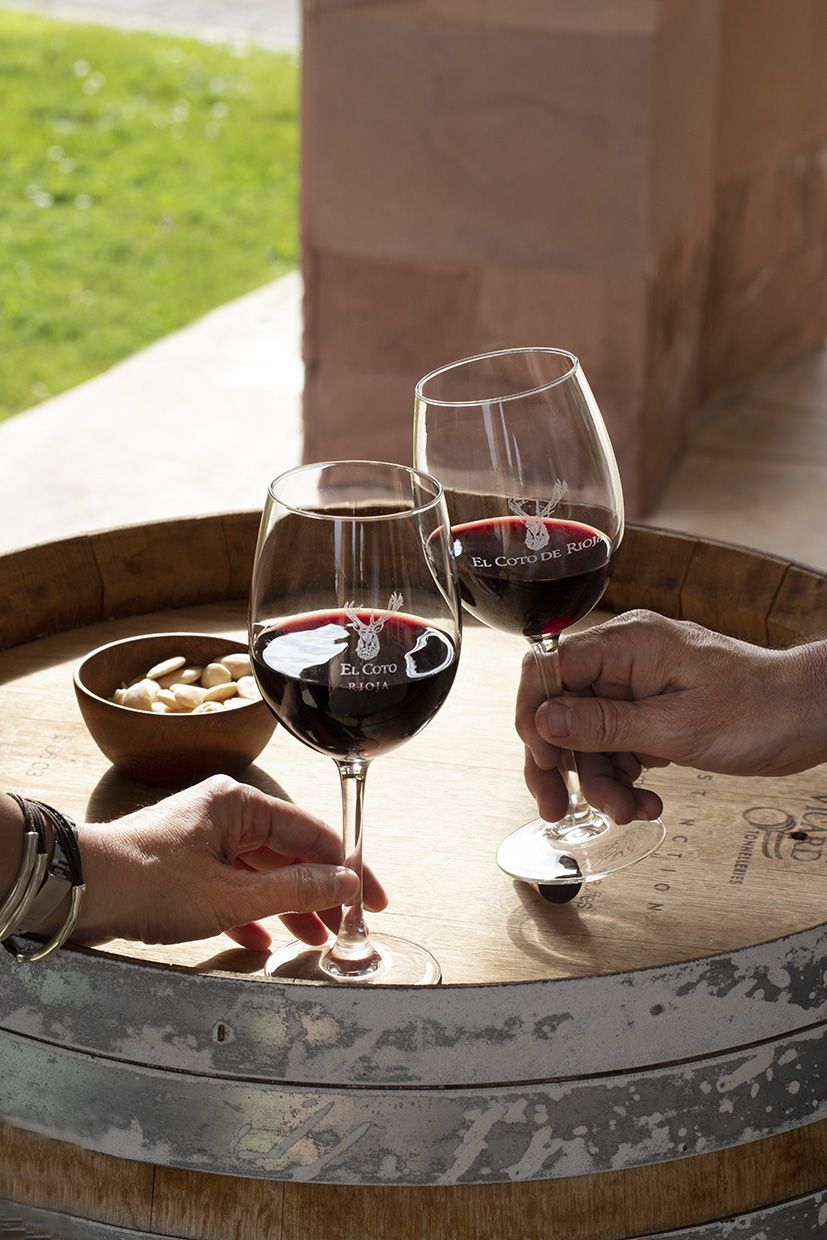
WINE CLASSIFICATION BY COLOUR
- Red Wine
This is the most popular wine among consumers around the world. Its colour comes from the use of red grapes during the wine-making process in which contact with the grape skin and pips plays a fundamental role in giving its characteristic dark tone.
For example, our Coto Real Reserva is made using red grapes of the Tempranillo variety, a very common grape in Spain which has become one the top grape for making red wine in the country.
- White Wine
The ingredient that sets these wines apart is the grape must (the grape juice that may contain skins and seeds), regardless of whether they’re white or red. If the latter are used, there is one condition: they can have a coloured pulp and they can't be macerated with their pomace (the grape skin). The must without grape skin is what gives the wine its clear yellow tone.
- Rosé Wine
It’s not easy to create this pink colour. The process can take hours and it’s done using the must of certain carefully selected grapes. This must is left to macerate for a period of time. The colour of the wine can vary between purple or pale pink.
WINES BY SUGAR CONTENT
- Dry and Semi-Dry Wine
Dry wines contain under 4 grams of sugar per litre, and semi-dry wines must contain under 18 grams. These wines are given this name due to the naturally occurring sugars in the grapes being turned into alcohol in the fermentation process. However, we use varieties of grapes with low levels of sweetness to make these wines.
- Semi-Sweet and Sweet Wine
Semi-Sweet wines contain up to 45 grams of sugar per litre, and sweet wines can have over 50 grams. Wines of this type have a very specific aroma. Even though these wines have a higher sugar content, they don’t necessarily have a specifically sweet taste, but rather we perceive them as less bitter and sour than dry wines.
They are made using a must with a high sugar content. For example, El Coto Semidulce is a white wine made using chardonnay grapes with aromas of pineapple and citrus fruit. It works really well with starters and apéritifs and also goes amazingly with cheese and fruit.
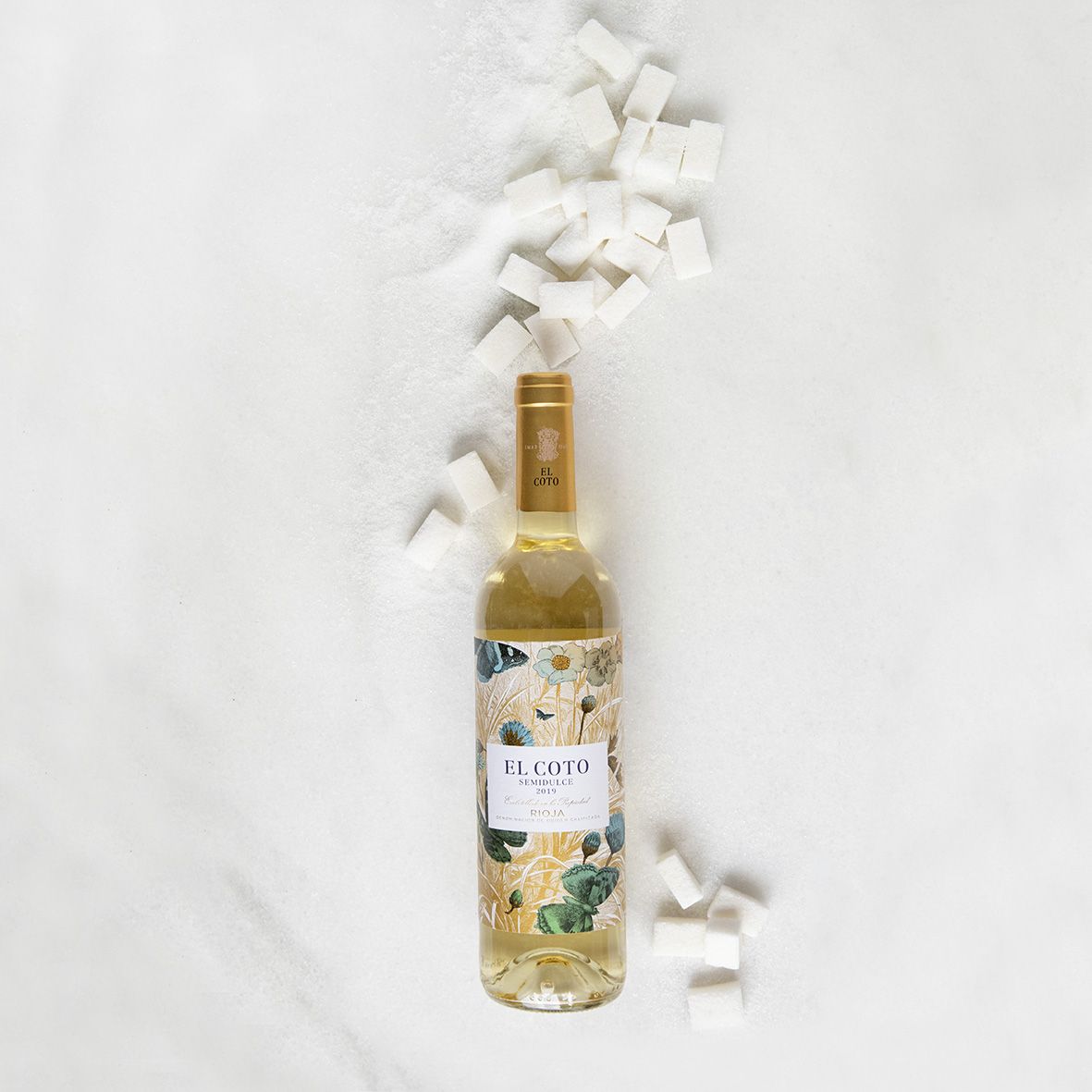
TYPES OF WINE BY VINTAGE
If we want to classify a wine, one of the main aspects we need to consider is its age. We work out this aspect using the vintage, which means the year in which the grape was harvested and the time ageing in the barrel or bottle. These times will vary depending on the designation of origin that the winery belongs to.
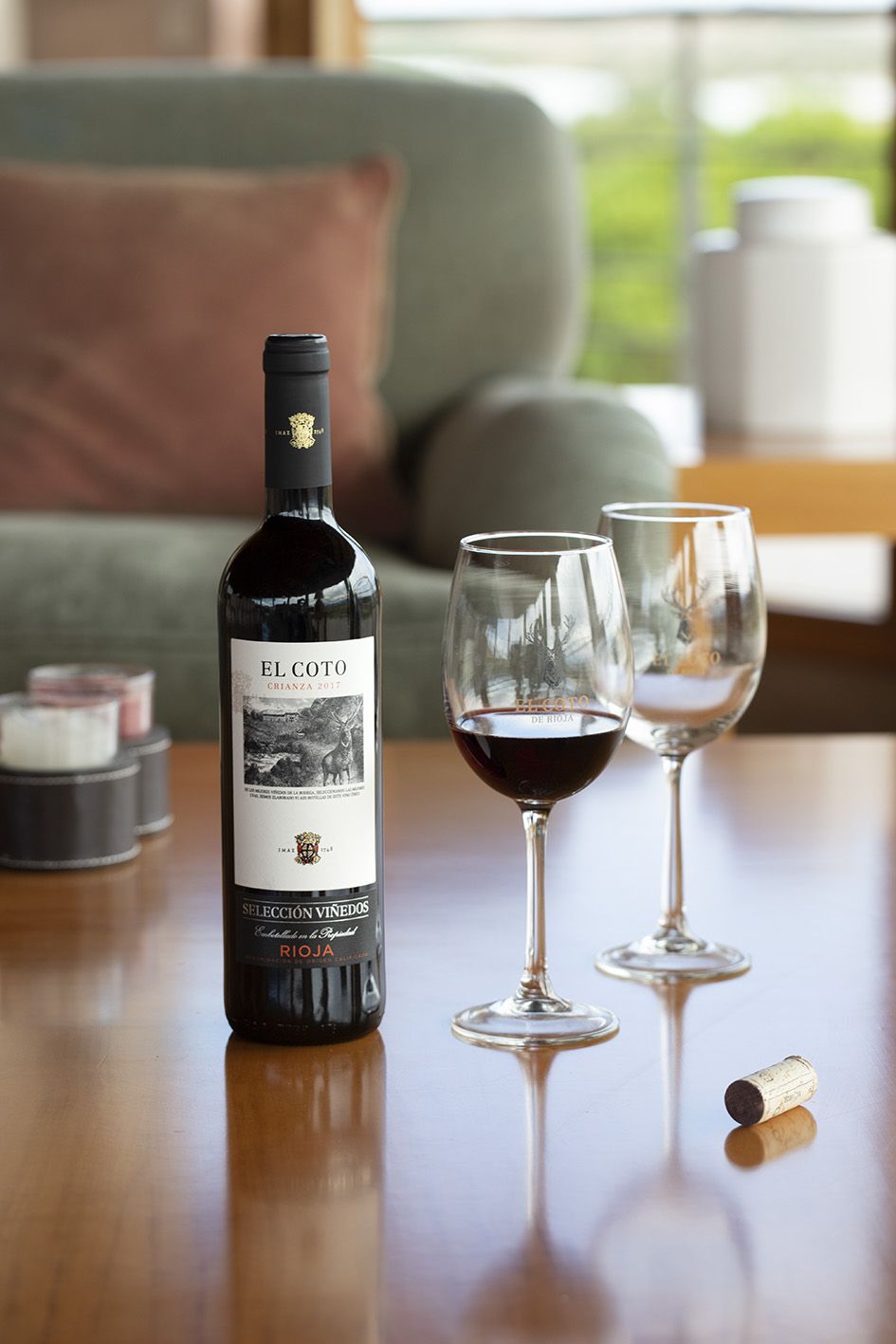
- Young
These wines stay true to the essence of the grapes used to make them and are also known as yield wines. One feature that makes these wines stand out from the rest is that they are not barrel aged, and they are bottled as soon as the fermentation process is complete.
- Crianza
These wines have been aged for at least 24 months, 6 of which must have been in a wooden barrel.
When it comes to DOCa Rioja red wines, they must be aged for at least three years, with at least one year in the barrel. For white wines, the DOCa stipulated that the wines must be aged in the barrel for at least six months.
- Reserva
Reserve wines need to be aged for a maximum of 3 years. During this time, they need to be stored in an oak barrel for at least 12 months and in the bottle for at least 6 months.
For DOCa Rioja, reserve wines must be aged for at least three years, one of which must be in an oak barrel, followed by bottle ageing of at least six months. For white wines, the DOCa states that the ageing period must be two years, six months of which must be in the barrel. Wines of this type stand out because of their appearance because they lose all of the colour that a young wine has.
- Gran Reserva
These wines are aged for at least five years. During this period, they must spend at least two years in an oak barrel and 2 years in the bottle. For white wines, the ageing time is four years, of which six months must be in the bottle. You can tell Gran Reserva red wine from its orange tones or, for white wines, they dark golden tones.
CLASSIFICATION OF WINES BY WINE-MAKING PROCESS
Lastly, there’s one other category that we can use for wine, which is the wine-making process, since this gives the wines different nuances, aromas and flavours.
Leaving the stalks in:
- Carbonic maceration. This is a very traditional process that has been used in the Rioja for many years. What makes it different is that the entire bunches of grapes are put in the vat, which generates a greater amount of carbon due to the stalk of the bunch. This wine-making method leads to very distinctive wines.
No stalks: in other words, with just the grapes
- Late harvest. The grapes are harvested later than usual to get sweeter wines. This means that the grapes start to dry out and have more concentrated sugar.
- Selective harvest. As the name would suggest, this involves meticulously selecting the grapes to make top-quality wines.
- Sparkling wines. These wines contain naturally occurring carbon dioxide because they are fermented for much longer than normal wines.
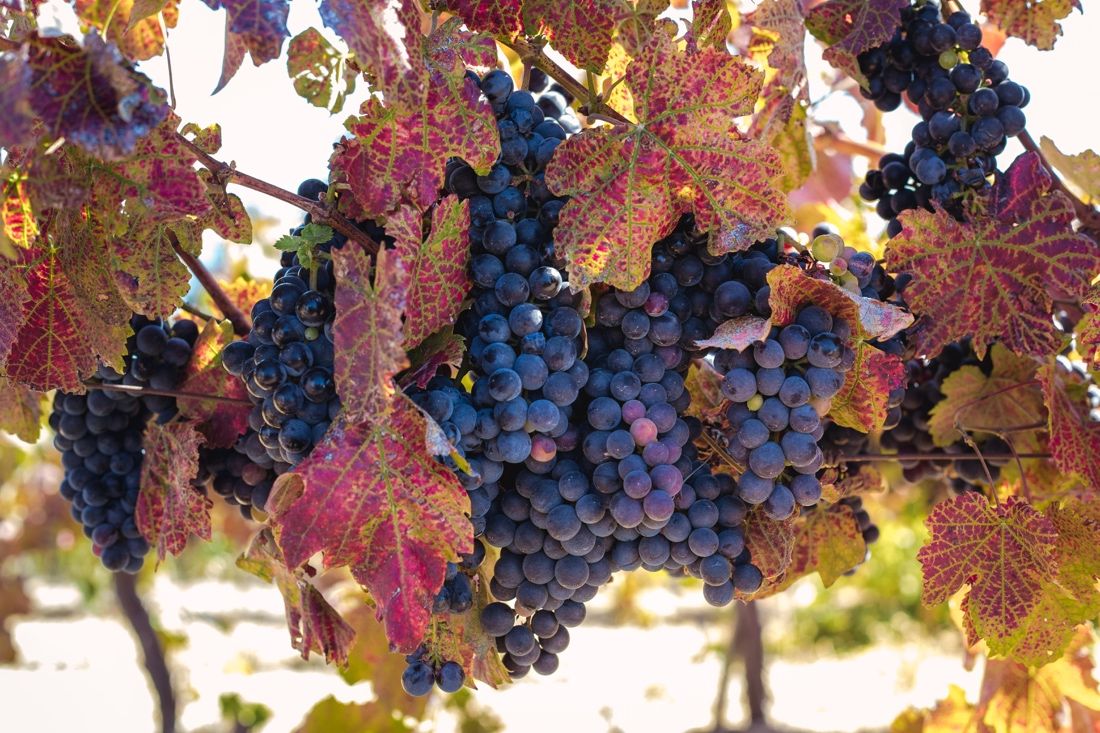
If you found this information interesting, you might want to find out why barrel ageing is so important for wines. Feeling curious?






